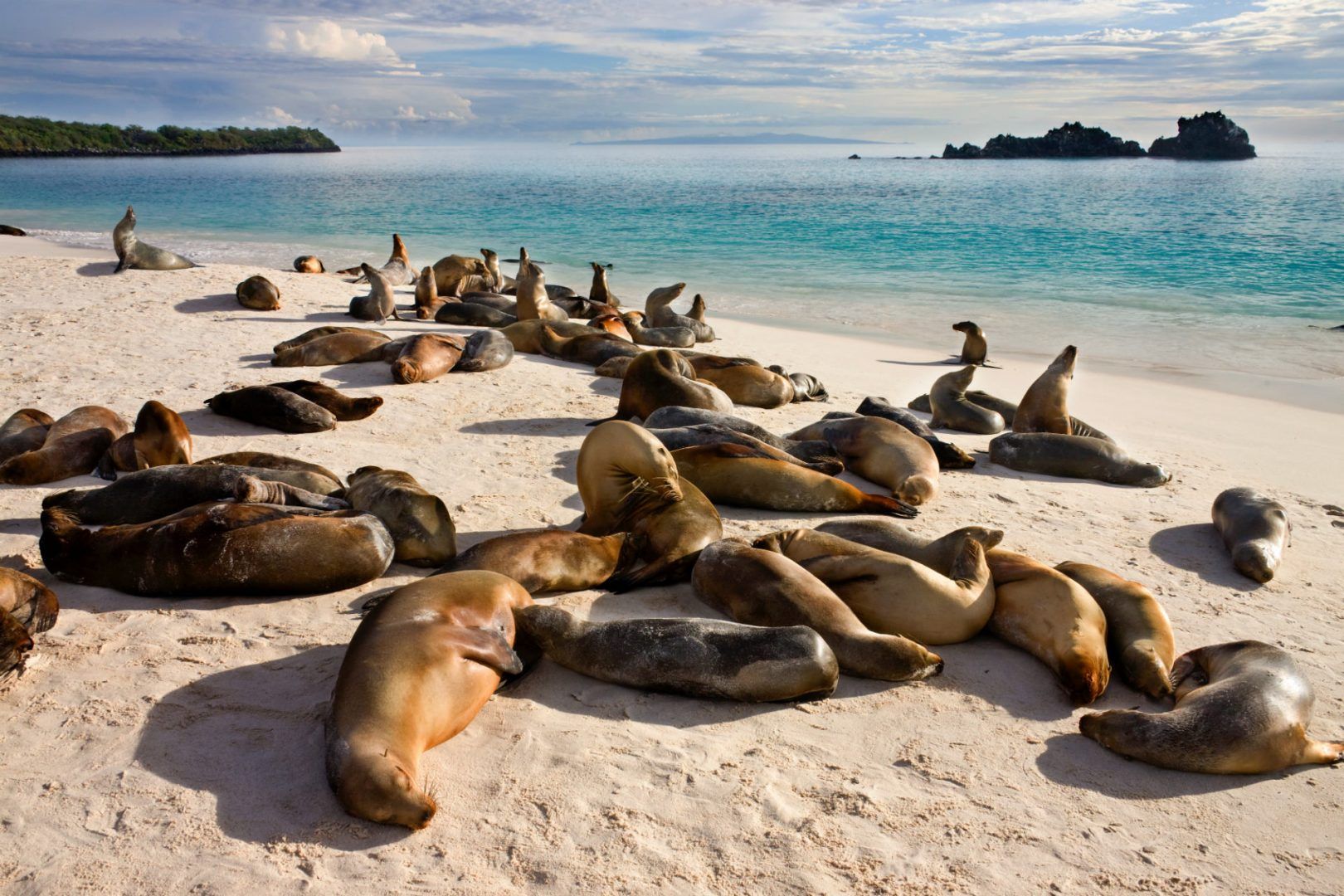Average temperatures in the Galapagos Islands in July
The Galapagos weather in July is characterised by cool, dry conditions. We’re talking an average of just 0.5 inches of rainfall in 31 days, and an average air temperature of 26°C (79°F).
We suggest coming prepared for cooler evenings and nights — bring light pullovers to stay warm around the clock.
Meanwhile, expect the sea temperature to be around 22°C.
Want to learn more useful information before your upcoming trip to Ecuador? Read our travel tips for traveling to Ecuador.
What about crowds and costs?
As touched on above, July sits within one of two high seasons in the Galapagos. The most marked of these runs from mid-December to mid-January, while a second peak season runs from mid-June to late August.
During these periods, expect higher costs for accommodation, trips and tours, along with bigger crowds.
As a result, it goes without saying that if you prefer smaller crowds and are on a budget, you might want to visit in early June, or during other non-peak-season months.
Still wondering when to visit? Read our guides to the best time to visit Galapagos and the best time to visit Ecuador.





